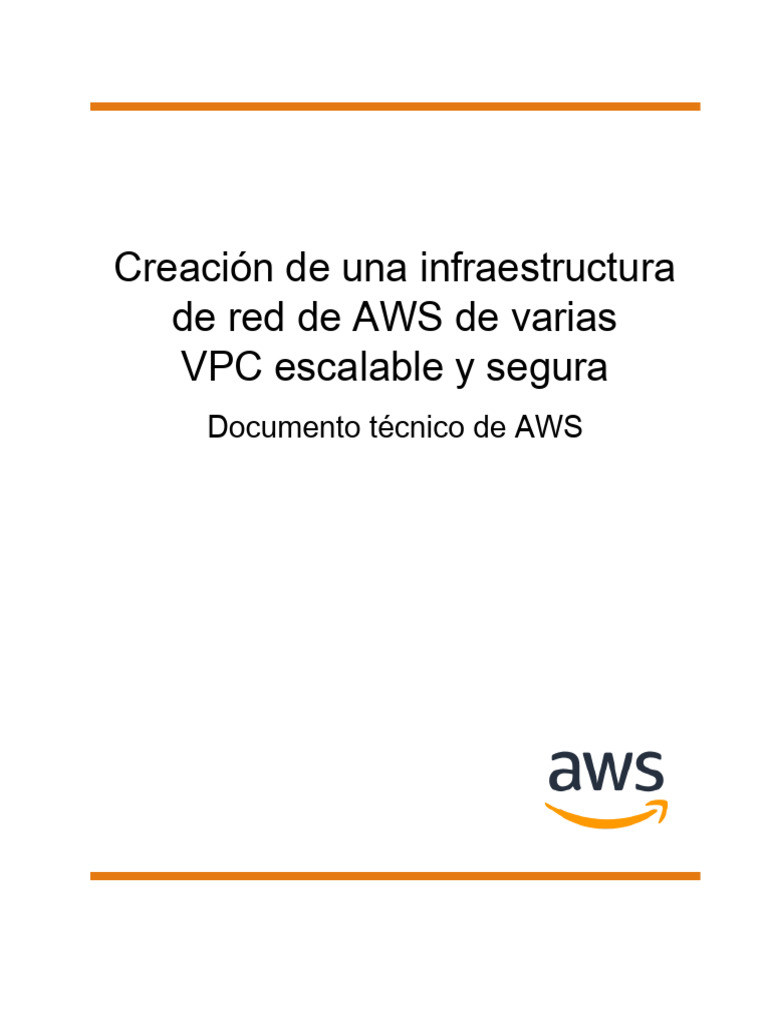Can you imagine a world where managing IoT devices remotely is as simple as clicking a button? Achieving seamless connectivity and control over your IoT devices from anywhere in the world is not just a dream—it’s a reality with RemoteIoT technology. By leveraging advanced platforms like AWS, developers and hobbyists can create robust systems that ensure their devices remain operational regardless of physical location. This article dives deep into mastering RemoteIoT VPC SSH Raspberry Pi AWS, providing you with the tools to deploy your own remote IoT system effectively.
RemoteIoT technology has revolutionized how we interact with devices and networks. It allows for the seamless management of systems from any part of the globe. Whether you're a seasoned developer or an enthusiastic hobbyist, understanding how to manage IoT devices remotely is crucial. Platforms such as Raspberry Pi combined with AWS provide a powerful solution for deploying remote IoT systems. The ability to connect and manage these devices ensures they remain operational at all times, enhancing efficiency and productivity.
| Category | Famefuel |
|---|---|
| Platform | Raspberry Pi |
| Technology | RemoteIoT |
| Service Provider | SocketXP |
| Professional Use | Developers & Hobbyists |
Setting up a RemoteIoT platform involves several steps, including downloading and installing SocketXP IoT agent on your Raspberry Pi. Once installed, you need to sign up for free at to gain access to your remote server. This process ensures that your Raspberry Pi remains connected to a publicly accessible network, allowing for seamless communication and management. Outgoing connections are established through this server, ensuring secure and reliable interactions between your device and the network.
The integration of Raspberry Pi with AWS provides a comprehensive solution for deploying remote IoT systems. By the end of this article, you'll have the knowledge and tools necessary to set up your own remote IoT system. This guide delves into the intricacies of configuring and managing IoT devices remotely, offering insights into best practices and potential pitfalls. Understanding the nuances of VPC network deployment using Raspberry Pi and AWS can significantly enhance your ability to manage IoT devices efficiently.
Managing IoT devices remotely often involves troubleshooting common issues. For instance, after installing the new Bookworm release, switching on VNC in Raspberry Pi Configuration - Interfaces might result in remote login failures due to security errors. Addressing these issues requires a thorough understanding of the underlying configurations and settings. Ensuring that all components are correctly set up and active is crucial for maintaining a stable connection.
Using 4G LTE wireless modems on a Raspberry Pi adds another layer of complexity to remote IoT management. Since I used a SixFab SIM, logging into my SixFab account and setting the SIM to be 'active' before it could connect to AT&T's network was essential. This step highlights the importance of ensuring all service providers' requirements are met to maintain a stable and reliable connection. Managing these details meticulously can prevent unnecessary disruptions in your IoT setup.
SmartSockets offer a solution to connectivity problems in grid environments by facilitating tightly coupled parallel applications. These applications are increasingly run in Grid environments, but unfortunately, many Grid sites lack the ability to connect machines effectively. A GCB server representing the target client must be on a publicly accessible network, allowing for outgoing connections. This setup ensures that all machines within the grid environment can communicate seamlessly, enhancing overall performance and reliability.
Mastering RemoteIoT VPC network deployment using Raspberry Pi and AWS is a journey that requires dedication and a keen understanding of the technologies involved. As the Internet of Things continues to evolve, so do the methods and tools available for managing these devices remotely. By leveraging platforms like AWS and utilizing devices such as Raspberry Pi, tech enthusiasts and professionals alike can create sophisticated systems capable of handling complex tasks with ease. The ability to manage IoT devices remotely opens up endless possibilities, transforming how we interact with technology on a global scale.
In conclusion, the integration of RemoteIoT technology with platforms like AWS and devices such as Raspberry Pi represents a significant advancement in the field of IoT management. By following the guidelines outlined in this article, you can successfully deploy your own remote IoT system, ensuring your devices remain operational and connected regardless of location. Embracing these technologies not only enhances efficiency but also paves the way for future innovations in the realm of IoT.




